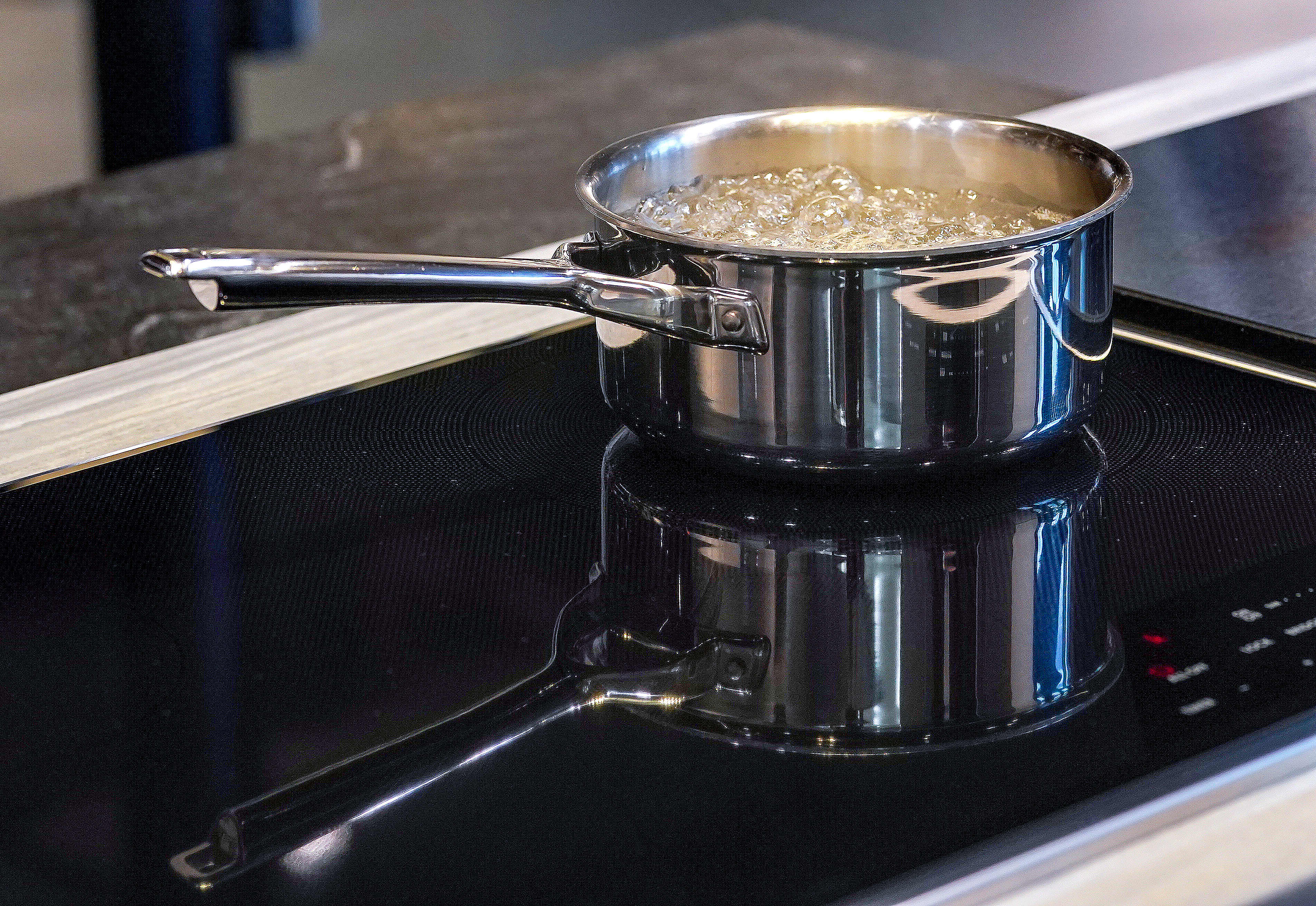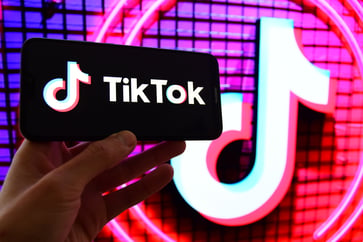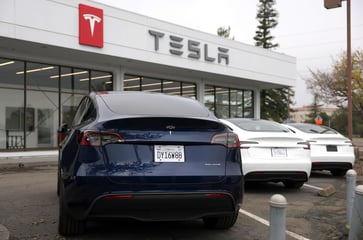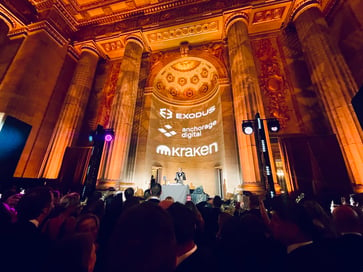A kitchen upgrade may be the next big investment for homeowners.

- A glass cooktop with a coil of tightly wound copper wire beneath it can be used for induction cooking, which utilizes electro-magnetic energy instead of gas or electric burners.
- Energy efficiency data shows induction ranges to be the most efficient technology.
- In Europe, it's more common to choose solar energy, but financial incentives like the Inflation Reduction Act may make it popular among U.S. homeowners.

With the increasing popularity of energy efficiency goals and financial incentives, consumers are becoming more receptive to the advantages of induction cooking.
Unlike European consumers, U.S. consumers have been slow to adopt induction cooking technology, which is not a new technology. However, the popularity of induction cooking is now growing in the U.S. due to several reasons, including consumers' increasing focus on energy efficiency and safety. Financial incentives are also making adoption more compelling, which is expected to further increase the prevalence of induction cooking in the U.S.
Induction cooking is often misunderstood, causing uncertainty among consumers about its effectiveness and applicability. To clarify, here are some essential facts about induction cooking.
How an induction cooktop works
The glass cooktop utilizes a coil of tightly wound copper wire to generate electro-magnetic energy, which is used to heat the pot or pan. Turning on the control knob sends this energy through the coil, creating a magnetic connection with the cookware. As a result, the pot or pan heats up and cooks the food.
Energy efficiency benefits
According to ENERGY STAR, conventional residential cooktops are approximately 32% efficient when using gas or resistance heating elements, while residential induction cooking tops transfer energy with about 85% efficiency.
The cooktop surface remains cool to the touch because the cookware is the heat source, resulting in less heat loss to the surrounding air. This provides an extra energy efficiency benefit by reducing the workload on a home's HVAC system.
Many pro chefs prefer it
Professional chefs frequently prefer induction cooking over conventional electric ranges, as it allows for faster food cooking compared to gas or traditional electric cooktops.
According to Christopher A. Galarza, founder and culinary sustainability consultant at Forward Dining Solutions, boiling water with a gas range takes six to eight minutes, while it might take 12 to 15 minutes with traditional electric. However, using an induction cooktop can accomplish the same task in 90 seconds to two minutes. The taste of the food remains the same with induction, and cleanup is quicker.
Using induction, the sides of the pan get hot, but not the handle, as there is no direct contact with the food.
Galarza mentioned that induction not only considers the efficiency of cooking with gas but also takes into account its safety and environmental impact.

Costs can be high, but are coming down
While traditional electric or gas ranges are typically less expensive upfront, an induction range can cost thousands of dollars, but consumers should also consider safety factors and future energy efficiency savings, which can be difficult to quantify, according to Boucher.
Induction units have seen a decline in prices, and there are comparable options, according to Sam Calisch, who heads technology development at Channing Street Copper Company, which offers a battery-equipped induction range.
The cost of replacing a cooking setup varies depending on various factors, including the manufacturer, burner output, and other features. If a complete kitchen remodel is being done, the entire unit may need to be replaced with an induction range, which includes an electric oven (gas is not an option). If the cooktop is separate from the oven and there is no larger remodel underway, a less expensive upgrade may be possible, such as just the induction cooktop, which can range in price from around $800 to $2,700 based on features and quality and retailer.
Calisch stated that he observed lower-end induction range options for approximately $1,000.
Potential rebates and incentives can help
Environmental and energy lawyer Madeline Fleisher, based in Ohio, stated that rebates and incentives from federal, state, and electric utilities can help offset some of the cost.
The Inflation Reduction Act includes $4.5 billion in funding for states and tribal governments to provide rebates for new electric appliance purchases, including ranges, cooktops, and wall ovens. Eligible low- and moderate-income households could save up to $840 on a new electric stove, cooktop, range, or oven. The rebate programs are still being set up, and households may be able to access them later this year or early next, according to a rebate program FAQ.
Electrification projects, such as switching to electric cooking, may be eligible for income-qualified rebates of up to $4,000 for panel upgrades and up to $2,500 for electrical wiring.
Other considerations
Induction cooktops are preferred by professional chefs due to their more precise induction ranges. However, learning to cook with induction can be challenging as it is more responsive and requires more precision. Additionally, not all pots are compatible with induction, such as aluminum pots that won't work unless they have a special coating due to their magnetic and electrical properties.
Calisch stated that a fridge magnet sticking to your cookware is a good test for whether it will work with induction.
Homeowners should verify if their electrical panel can handle the additional load that induction technology requires and whether other rewiring may be necessary. Alternatively, they could opt for a model that enables the use of induction technology with a battery, eliminating the need for electrical upgrades.
Those undecided consumers can try out induction inexpensively by purchasing a single burner portable unit or by borrowing or renting an induction hotplate. A quick Google search may reveal some options in your area.
Would you go back to a flip phone after using a smartphone?
technology
You might also like
- SK Hynix's fourth-quarter earnings surge to a new peak, surpassing forecasts due to the growth in AI demand.
- Microsoft's business development chief, Chris Young, has resigned.
- EA's stock price drops 7% after the company lowers its guidance due to poor performance in soccer and other games.
- Jim Breyer, an early Facebook investor, states that Mark Zuckerberg has been rejuvenated by Meta's focus on artificial intelligence.
- Many companies' AI implementation projects lack intelligence.



















